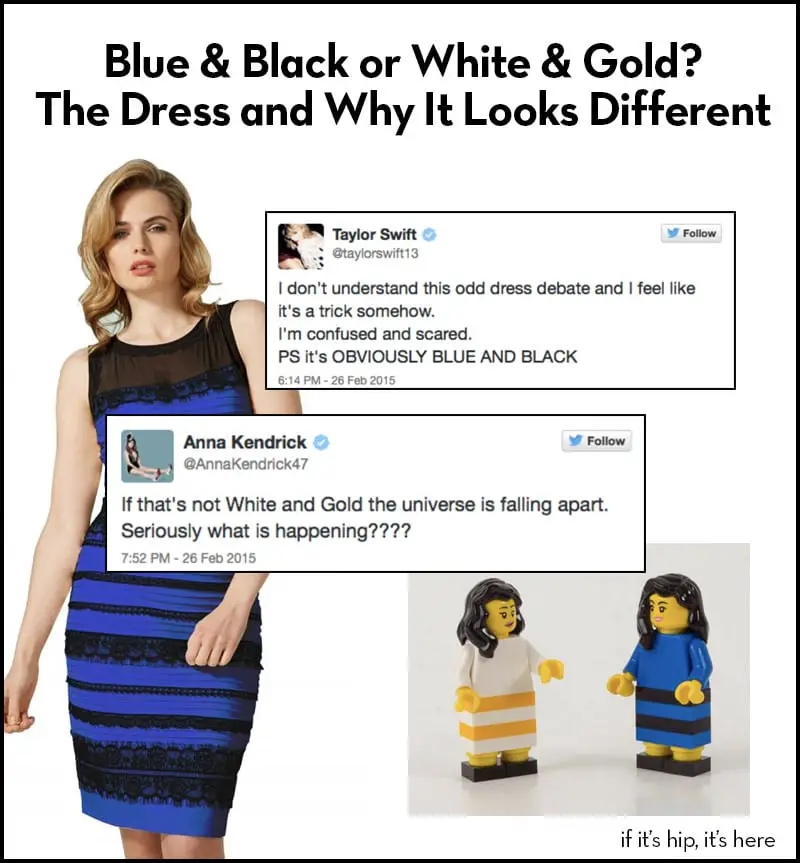When it comes to fashion, one of the most debated topics is the color of a dress. People can see the same dress and interpret its color in completely different ways. This phenomenon has sparked discussions and arguments across social media platforms and in real life.
It all started with a viral photo of a dress that some people saw as black and blue, while others insisted it was white and gold. This disagreement led to a frenzy of opinions and theories about color perception and how our brains process visual information. The dress became a symbol of the subjectivity of human perception.
Dress Color Debate
One school of thought believes that the color of a dress is determined by the lighting in which it is viewed. Different lighting conditions can make colors appear differently, leading to confusion and disagreement. Some argue that the dress is actually black and blue, but certain lighting makes it appear white and gold to some viewers.
Others suggest that individual differences in color perception play a role in the debate. The way our eyes interpret colors can vary based on factors such as genetics and past experiences. This can explain why some people see the dress one way while others see it differently, even when looking at the same image.
Psychologists have weighed in on the debate, explaining that the phenomenon is a result of how our brains process visual information. The dress illusion highlights the complexities of human perception and the limitations of our senses. It serves as a reminder that what we see is not always an accurate representation of reality.
Despite the ongoing debate, the dress color controversy has brought people together in a unique way. It has sparked conversations about perception, cognition, and the nature of reality. While the dress itself may not hold any significant importance, the discussions it has inspired have shed light on the fascinating complexities of the human mind.
In conclusion, the dress color debate is a reminder of the subjectivity of perception and the limitations of our senses. It serves as a thought-provoking example of how individual differences and environmental factors can influence how we see the world. The next time you come across a photo of a controversial dress, remember that what you see may not be what someone else sees, and that’s what makes the debate so intriguing.
